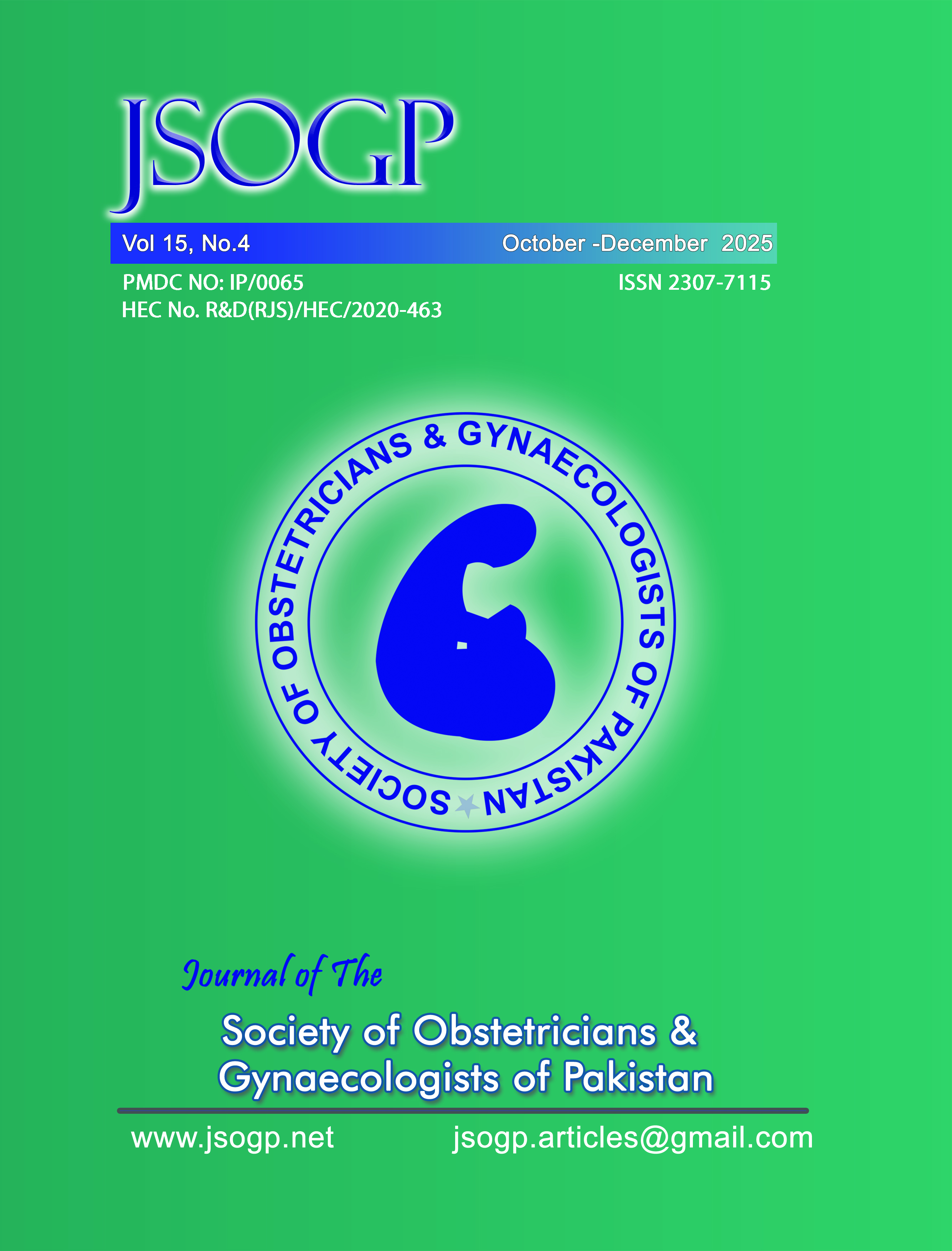Aetiology-Specific Impact of Thrombocytopenia on Maternal and Neonatal Outcomes in Pregnancy: A Prospective Cohort Study from a Resource-Limited Setting
Abstract
Objective: This study aimed to evaluate the impact of thrombocytopenia on maternal and neonatal outcomes stratified by etiology (gestational thrombocytopenia, immune thrombocytopenic purpura [ITP], hypertensive disorders, and secondary causes) and identify predictors of adverse events.
Methodology: This was a prospective observational study conducted in the Department of Gynecology and Obstetrics, Hayatabad Medical Complex (HMC), Peshawar, from January 2021 to December 2022. Pregnant women with thrombocytopenia (platelet count <150,000/μL) who received antenatal and delivery care at our institution were consecutively enrolled after informed consent. Participants were stratified according to the etiology of thrombocytopenia and followed through delivery to assess maternal and neonatal outcomes. Inclusion criteria included singleton pregnancies of ≥20 weeks gestation with documented thrombocytopenia.
Results: A total of 250 pregnant women diagnosed with thrombocytopenia were included. The mean maternal age was 28.4 ± 5.2 years, and the majority (62%) were multiparous. Thrombocytopenia was diagnosed at a mean gestational age of 28.6 ± 6.4 weeks. The mean gestational age at delivery was 37.1 ± 2.7 weeks. The average platelet count at diagnosis was 96,200/μL (range: 28,000–149,000/μL). Based on etiology, 58% of cases were classified as gestational thrombocytopenia, 34% were associated with hypertensive disorders of pregnancy (including preeclampsia and HELLP syndrome), 6% were due to immune thrombocytopenic purpura (ITP), and 2% were attributed to other secondary causes (e.g., infections, drug-induced). Comorbidities were present in 38% of patients, with hypertensive disorders being the most common (34%), followed by gestational diabetes (6%) and hypothyroidism (2%).
Conclusion: Thrombocytopenia in pregnancy impacts maternal and neonatal outcomes in an etiology-dependent manner. Hypertensive-related thrombocytopenia was associated with higher maternal morbidity, while ITP posed greater neonatal risks. In contrast, gestational thrombocytopenia had a benign course with favorable outcomes. Early identification and etiology-specific management are essential to improve maternal and neonatal outcomes.
Copyright (c) 2025 Journal of The Society of Obstetricians and Gynaecologists of Pakistan

This work is licensed under a Creative Commons Attribution-NonCommercial 4.0 International License.

